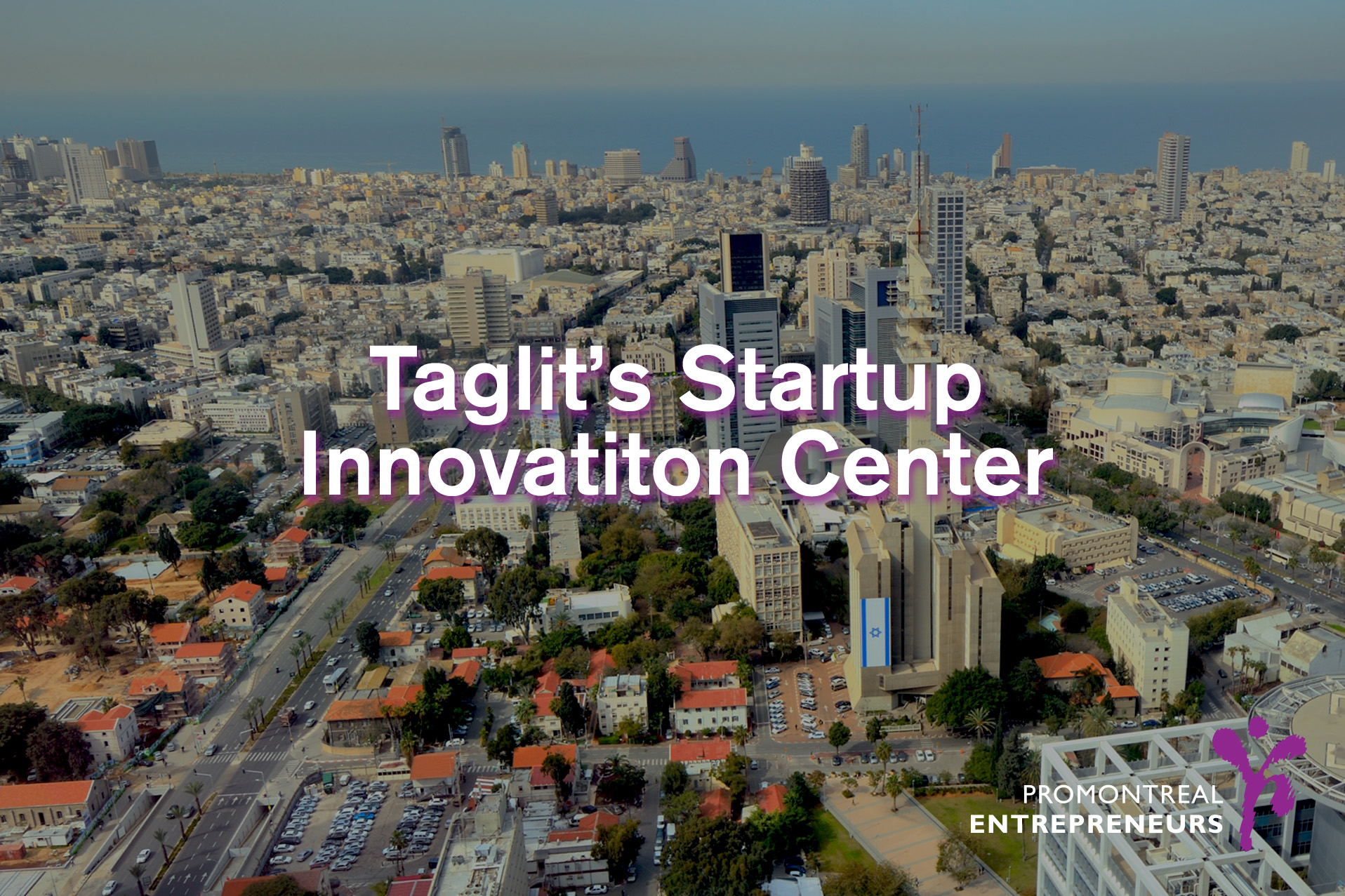
Often overlooked in discussions about economic development, entrepreneurship and business activity play a vital role in promoting growth. Entrepreneurship and startups have the potential to play a significant role in poverty reduction. Startups can help to lift people out of poverty and promote long-term development by creating jobs and stimulating economic growth. According to the worldwide Entrepreneurship Monitor, small and medium-sized businesses (SMEs) make up more than 90% of all businesses and more than half of worldwide employment. Startups can help relieve poverty through providing underprivileged individuals access to financial services
China’s remarkable story of lifting approximately 600 million people out of poverty since the late 1970s, following Deng Xiaoping’s market reforms, underscores the transformative potential of entrepreneurial ventures. Today, the idea of entrepreneurship resonates more than ever among the young generation, many of whom now aspire to start their own businesses.
In regions like Quebec, learning about entrepreneurship often occurs outside the formal school curriculum. However, a shift is noticeable in many economies that have recognized entrepreneurship as an effective strategy for poverty alleviation. Despite the challenges of financial scarcity, entrepreneurial initiatives can often achieve remarkable results with limited resources.
Developing Economies
Entrepreneurship not only uplifts individuals but also significantly contributes to economic development. It is a potent tool for poverty alleviation. Traditional jobs hinge on a country’s overall economic stability and access to higher education. But in many developing countries, quality education may not be accessible, and a fragile economy might not support traditional job growth. Entrepreneurship transcends these obstacles, offering opportunities for personal growth without the prerequisite of formal degrees.
Industrialized and Emerging Economies
Industrialized and emerging economies are increasingly acknowledging the value of entrepreneurship. With unemployment on the rise since 2001, European Union governments have launched various initiatives, providing entrepreneurs with education, advice, infrastructure, and funding. These efforts aim to foster a conducive environment for entrepreneurship. According to the European Commission, these measures have already shown signs of success, helping young people transition out of unemployment while creating economic value.
International Organizations
Major international organizations endorse entrepreneurship as a powerful tool to alleviate poverty and reduce unemployment. The World Economic Forum has long emphasized entrepreneurship’s importance, implementing programs to foster entrepreneurial spirit worldwide. According to the World Economic Forum, small and medium-sized enterprises in countries like France and the United States have significantly contributed to growth and employment generation.
Role of Charities
While charities provide essential short-term support to impoverished regions, they can inadvertently hinder long-term development by creating dependency. An entrepreneurial approach, on the other hand, promotes self-sufficiency. For instance, sending used clothes to needy countries is a well-intentioned act, but it may inadvertently discourage local entrepreneurship in the textile industry.
However, supporting entrepreneurship in developing economies requires more than just individual initiative. There are fundamental gaps in skills, capital, infrastructure, and regulation that often stymie entrepreneurial success. Reliable infrastructure is critical – an entrepreneur can hardly operate a factory without dependable electricity. Here lies a potential new focus for charitable organizations: investing in infrastructure, capital, and skills development, they can foster an entrepreneurial environment that promotes long-term growth and self-reliance.
Traditional charity models, while generous, can inadvertently encourage dependency. A shift towards supporting entrepreneurship can stimulate social change and help eradicate poverty. Thus, charities should transition from providing immediate relief to building an entrepreneurial climate that encourages self-sufficiency, resilience, and prosperity.











